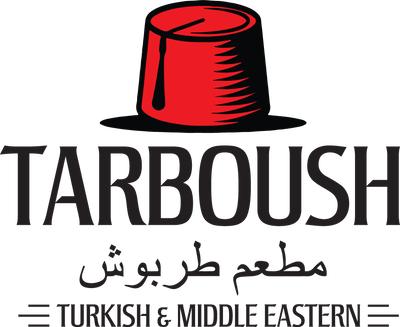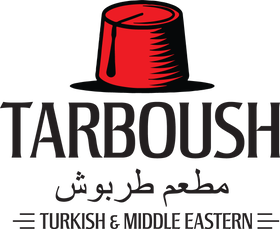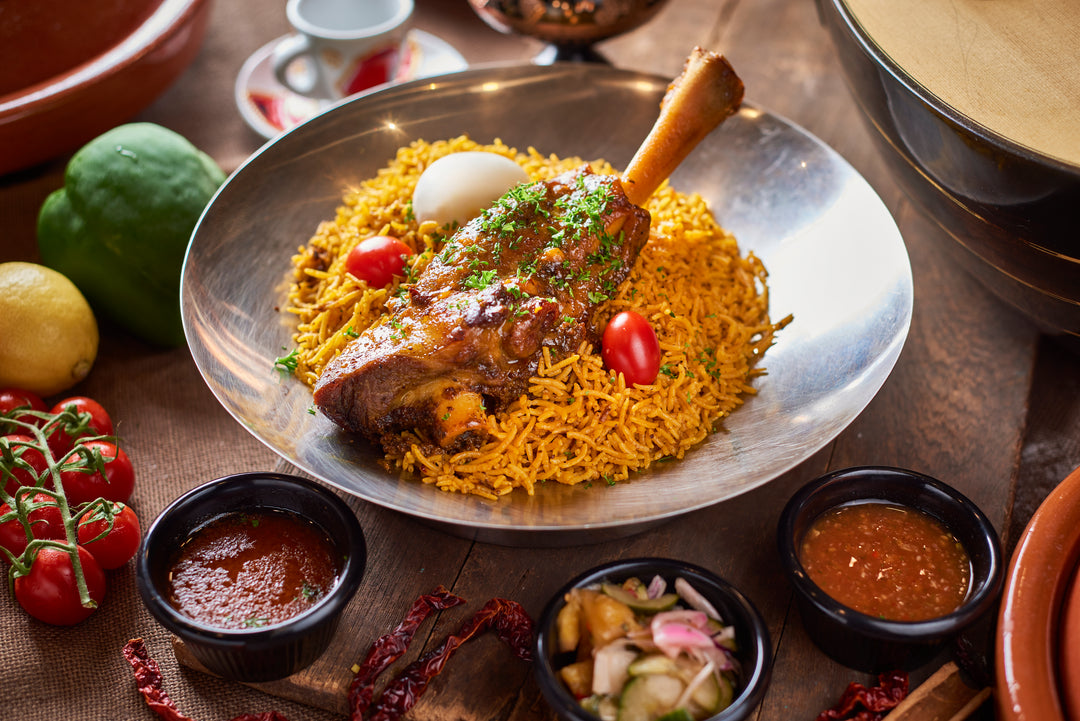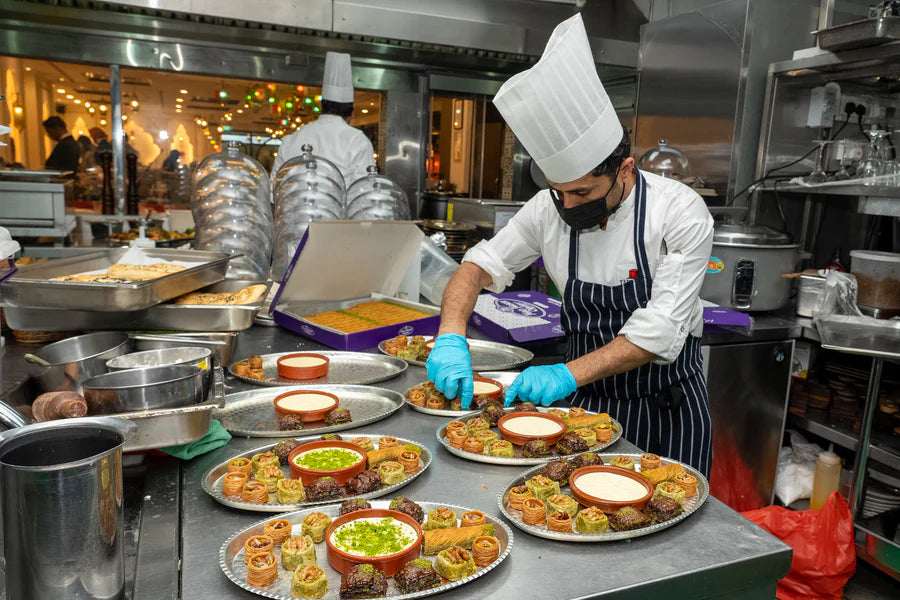The Art of Bread Making: Middle Eastern Breads
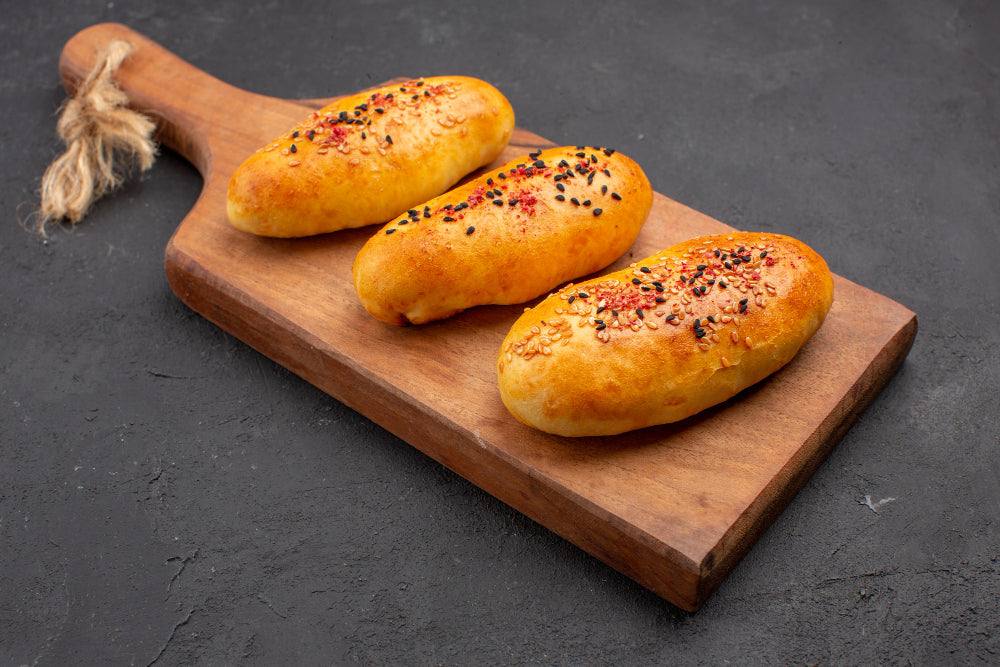
Bread is more than just a staple food in the Middle East; it's a cultural cornerstone. From the airy pita to the chewy lavash, the region boasts a diverse array of breads, each with its unique character and flavor.
This blog delves into the art and science of bread making, exploring the essential ingredients, techniques, and cultural significance of these beloved staples.
The Cultural Significance of Bread
In Middle Eastern cultures, bread is often seen as a symbol of life, sustenance, and hospitality. It's shared amongst family and friends, breaking bread together as a sign of unity and togetherness. The act of making bread is a time-honored tradition, passed down through generations. It's a labor of love that connects people to their heritage.
The Science Behind the Dough
Understanding the science behind breadmaking is crucial to achieving the perfect loaf.
- Flour: The foundation of any bread, the type of flour used significantly impacts the texture and flavor. Whole wheat flour provides a heartier bread, while white flour produces a softer crumb.
- Yeast: This single-celled organism is responsible for the bread's rise. Different types of yeast, such as instant or active dry, have varying activation times.
- Water: Essential for hydrating the flour and creating gluten, the protein network that gives bread its structure.
- Salt: Enhances flavor and strengthens the gluten structure.
The Art of Kneading
Kneading is a crucial step in bread making. It develops the gluten network, resulting in a chewy and elastic dough. Proper kneading techniques require patience and strength.
- The slap and fold method: A vigorous technique that quickly develops gluten.
- The stretch and fold method: A gentler approach that allows for more control over the dough.
Mastering the Fermentation Process
Fermentation is the magic behind bread's flavor and texture. It's a complex process involving yeast converting sugars into carbon dioxide, creating bubbles that give the bread its rise.
- Bulk fermentation: The initial rise of the dough after mixing the ingredients.
- Proofing: The final rise of the shaped dough before baking.
- Factors affecting fermentation: Temperature, humidity, and the type of flour influence the fermentation process.
The Diversity of Middle Eastern Breads
- Pita bread: Thin, round, and pocket-sized, pita bread is a versatile staple. The key to achieving the perfect pocket is high heat and steam.
- Lavash: Large, thin, and crispy, lavash is perfect for scooping up dips or wrapping around kebabs. It requires a high-protein flour and a well-heated oven.
- Naan: Soft and chewy, naan is traditionally cooked in a tandoor oven but can be replicated at home with a cast iron skillet.
- Khubz: This thick, round flatbread has a chewy crust and a soft interior. It's often served with stews and main courses.
- Manakish: A versatile flatbread topped with various fillings like zaatar, cheese, or meat. It's a popular breakfast or snack option.
Tips for Bread-Making Success
- Use the right equipment: Invest in a good quality mixing bowl, baking sheet, and a reliable oven.
- Measure accurately: Precise measurements are essential for successful bread making.
- Patience is key: Allow sufficient time for the dough to rise.
- Experiment with flavors: Add herbs, spices, or seeds to enhance the flavor of your bread.
- Don't be afraid to fail: Bread-making is a learning process, and it takes practice to perfect the art.
By understanding the science and techniques behind bread making, you can create delicious and authentic Middle Eastern breads at home. Experiment with different flours, fillings, and cooking methods to discover your own unique bread creations.
